Introduction
Convolutional Neural Networks are transforming industries worldwide by powering the way machines “see” and understand images. Whether it’s unlocking your phone with facial recognition—even in varied lighting conditions—or a self-driving car navigating busy streets by identifying pedestrians and traffic signs in real time, CNNs are at the core of these innovations.
In this article, we will explore what Convolutional Neural Networks are and break down the five core features that make them so effective. If you’re a professional considering a career change into AI without a traditional tech background, or simply curious about how machines learning is used to interpret the world, this guide will demystify the key concepts behind CNNs in plain language.
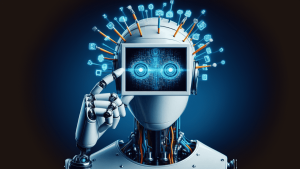
What Are Convolutional Neural Networks (CNNs)?
Convolutional Neural Networks (CNNs) are specialized algorithms designed to process and analyze visual data. Convolutional Neural Networks (CNNs) are a type of deep learning model designed to process and analyze visual data. They work by detecting patterns in images—starting with simple features like edges and textures, then combining them to recognize objects and scenes.
Inspired by how the human brain processes images, CNNs break down an image into layers of information. Instead of examining an entire image at once, they focus on small sections, identifying key features and gradually forming a complete understanding. This ability makes CNNs essential in applications like facial recognition, medical imaging, and autonomous vehicles.
Let’s explore the five key features that make Convolutional Neural Networks so powerful.
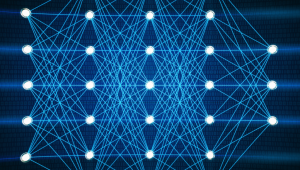
1. Filters – The AI “Magnifying Glass” That Spots Hidden Patterns
Think of filters as AI’s magnifying glass, scanning images to extract critical details like edges, colors, and textures.
How It Works:
Filters move across an image, analyzing small sections at a time. Each filter detects different patterns—some focus on straight edges, while others capture curves or textures.
Why It Matters:
This process helps AI recognize objects regardless of their size, position, or lighting conditions.
Analogy: Filters work like a microscope, revealing details that would be invisible to the naked eye.

2. Pooling – How AI Simplifies Complexity
Once filters extract details, pooling simplifies the data while preserving the most important information.
How It Works:
Pooling reduces the size of an image by summarizing small sections—often by selecting the maximum or average value within a region.
Why It Matters:
This makes the model more efficient and prevents it from overreacting to minor variations, like shadows or slight rotations.
Analogy: Imagine summarizing a long article into bullet points—you retain the key ideas without unnecessary details.
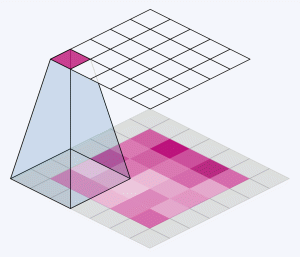
3. Layers – The Building Blocks of AI Vision
A CNN is structured like an assembly line, where different layers refine the image understanding step by step.
Types of Layers:
- Convolutional Layers: Extract visual features using filters.
- Pooling Layers: Reduce data complexity while keeping essential details.
- Fully Connected Layers: Combine all extracted features to make final predictions.
Why It Matters:
Each layer builds on the previous one, allowing AI to recognize objects in a structured, step-by-step manner.
Analogy: Think of a Convolutional Neural Networks like a team of specialists—one layer focuses on basic details, another organizes the information, and the final layer makes a decision.

4. Activation Functions – The Spark Behind AI Decisions
Activation functions determine which patterns AI should focus on and which ones to ignore.
How It Works:
After processing an image, an activation function decides whether certain patterns are important enough to be passed to the next layer.
Why It Matters:
Without activation functions, Convolutional Neural Networks would only perform basic calculations and wouldn’t be able to understand complex images.
Analogy: Activation functions act like a judge at an audition, deciding which performances (patterns) are worth advancing to the next round.
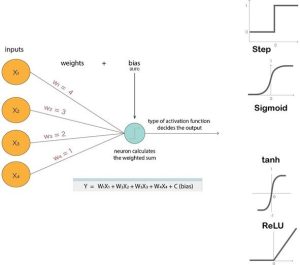
5. Transfer Learning – Your Shortcut to Building AI Tools Fast
Transfer learning allows beginners to use pre-trained Convolutional Neural Networks models instead of building one from scratch.
How It Works:
A Convolutional Neural Networks trained on a large dataset (like millions of images) can be fine-tuned for a specific task with just a small amount of new data.
Why It Matters:
This technique saves time and computing power, making AI development accessible even for those without advanced coding skills.
Analogy: Transfer learning is like using a pre-built house and redecorating it to fit your personal style, instead of constructing it from scratch.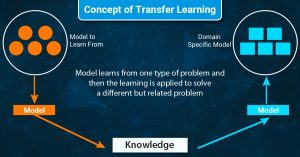
Quick Recap: The 5 Core Features of CNNs
- Filters help AI detect important patterns in images.
- Pooling simplifies data while keeping key features intact.
- Layers act as an assembly line, refining AI’s understanding step by step.
- Activation Functions decide which patterns are meaningful.
- Transfer Learning allows beginners to use pre-trained models for faster AI development.
Conclusion
Understanding the core features of Convolutional Neural Networks—filters, pooling, layers, activation functions, and transfer learning—provides a solid foundation for anyone interested in AI. These concepts are not just technical jargon; they are the building blocks that enable machines to “see” and interpret the world, much like humans do.
For career changers and non-tech professionals, diving into Convolutional Neural Networks might seem intimidating at first. However, by breaking down these components into manageable concepts, you can start your journey into the world of AI with confidence. Embrace learning through hands-on projects, online tutorials, and community support to gradually build your expertise.
Ready to break into AI?
Start exploring beginner-friendly courses, experiment with pre-trained models, and join AI communities to connect with like-minded professionals. Your journey from understanding to mastering AI begins with a single step—one filter, one layer, and one breakthrough at a time.

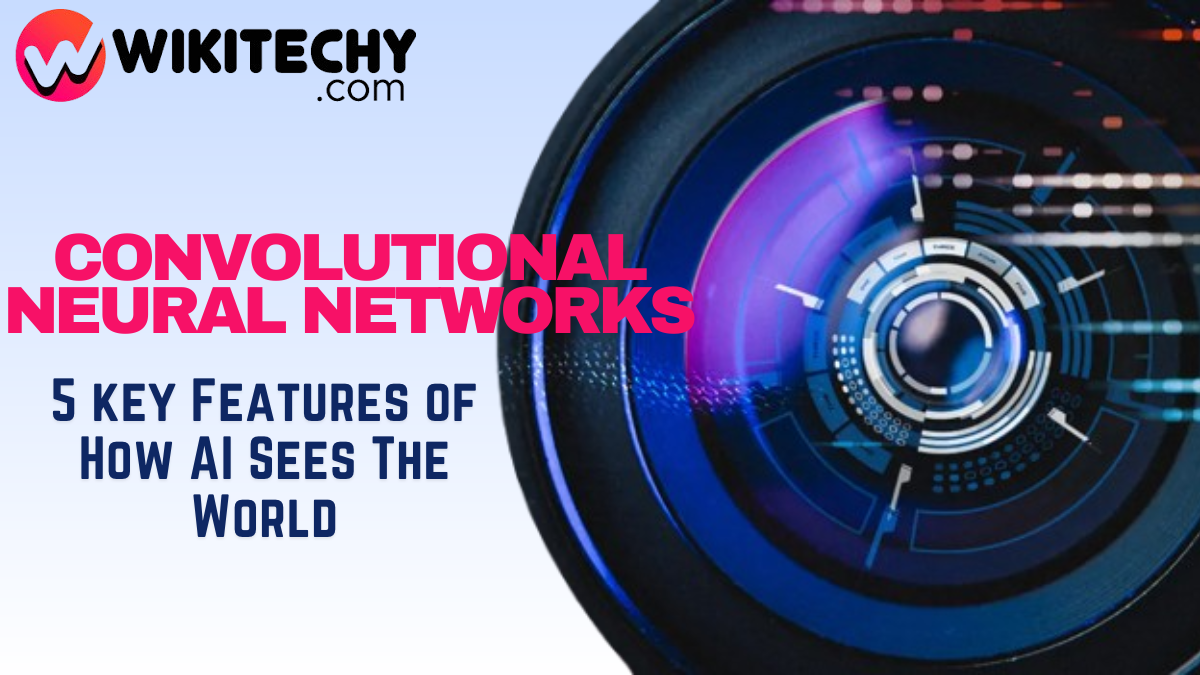



 If you’ve been enjoying free IPL…
If you’ve been enjoying free IPL…